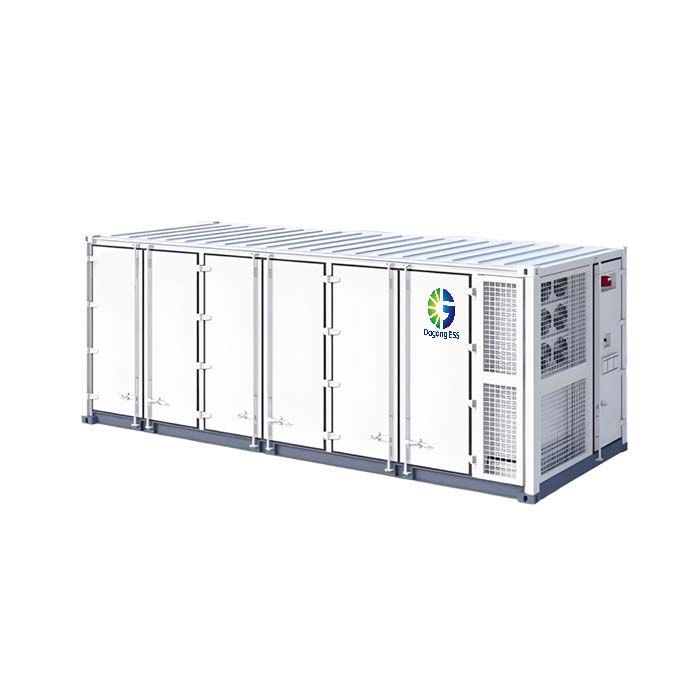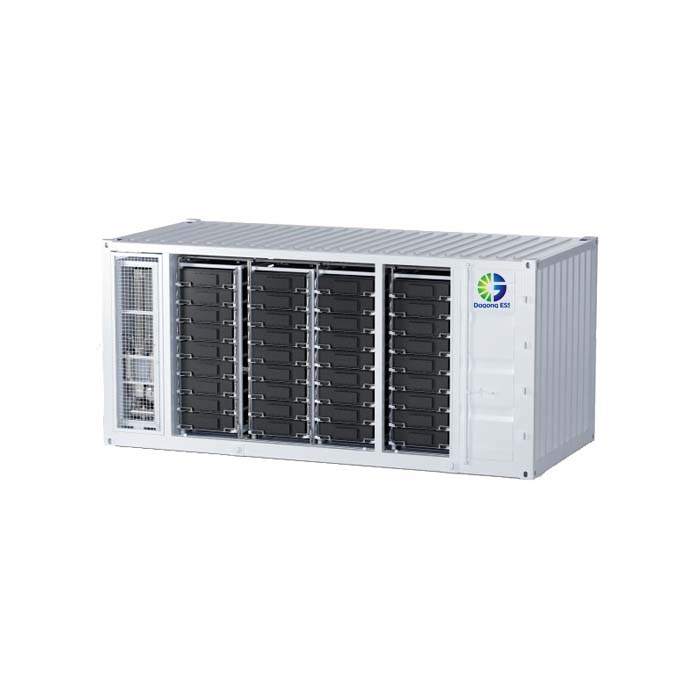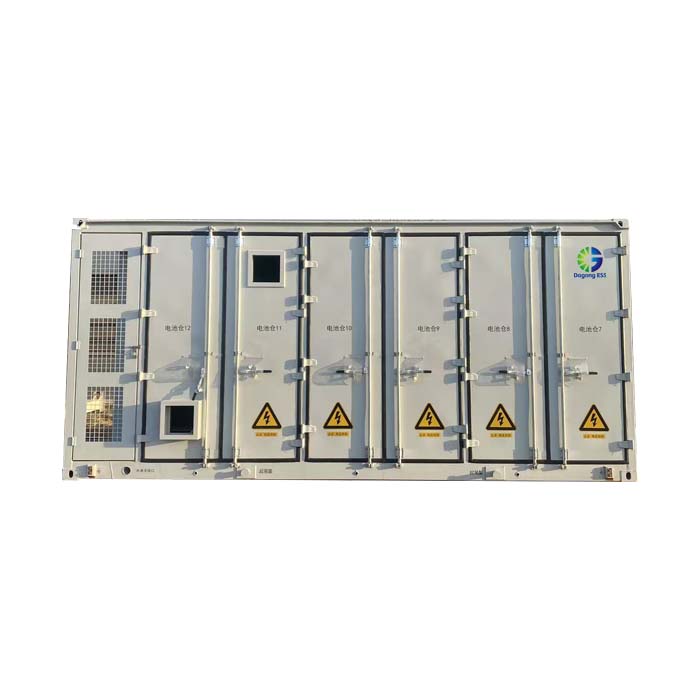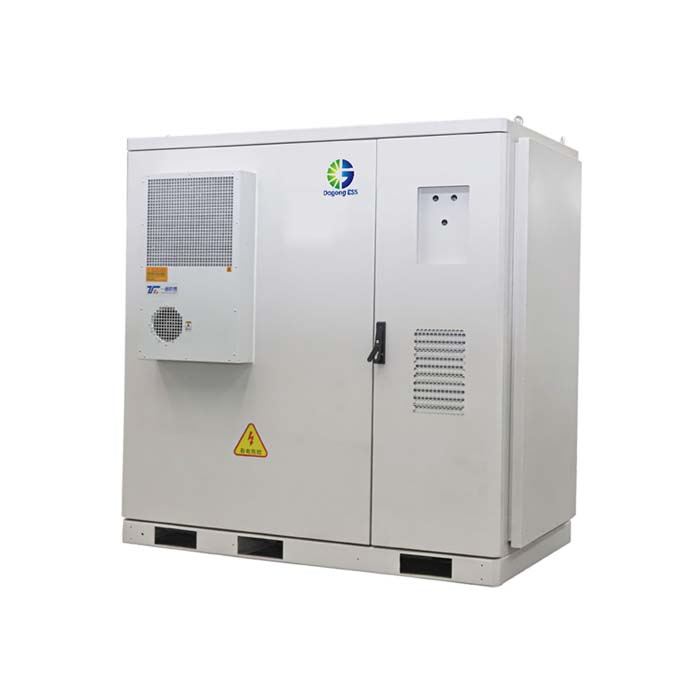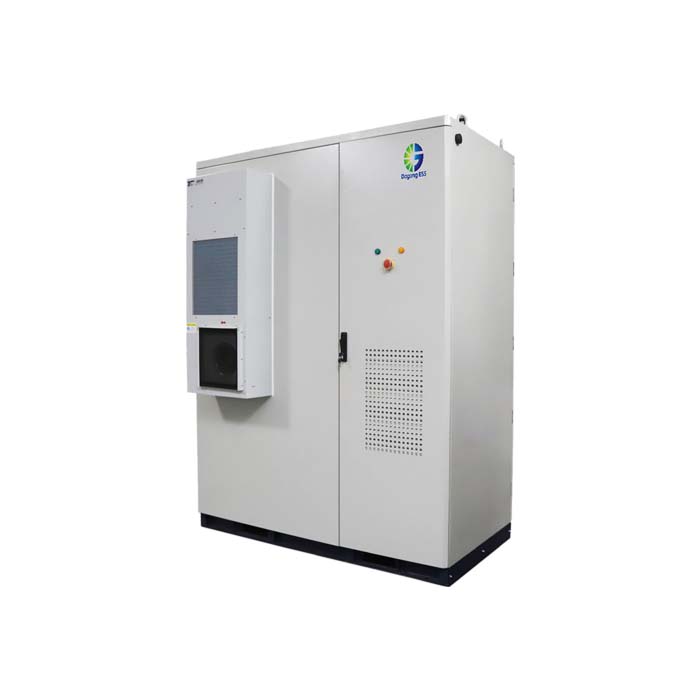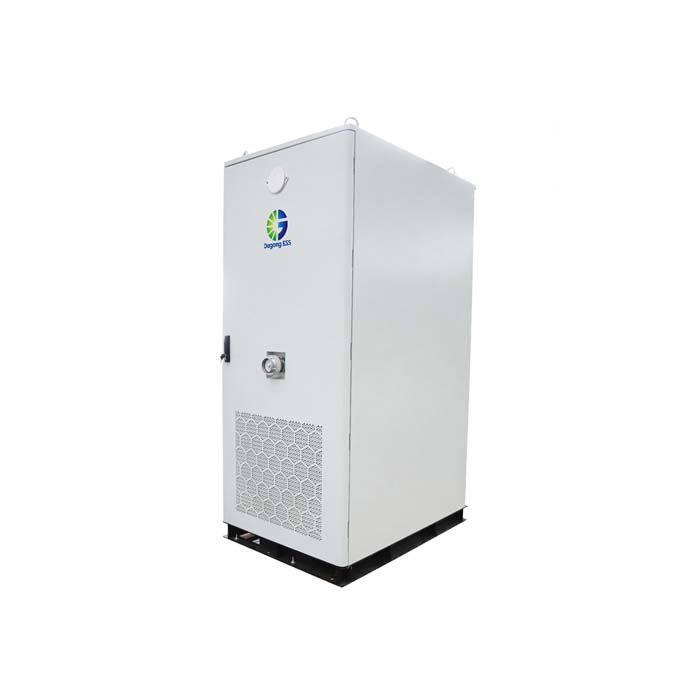How to Size a Battery Energy Storage System for Your Project
What is Battery Energy Storage System (BESS) Sizing?
BESS sizing is the process of determining how much energy storage (measured in kilowatt-hours or megawatt-hours) and power output (measured in kilowatts or megawatts) your project needs. Whether for residential solar, commercial peak shaving, or utility-scale backup, correct sizing ensures optimal performance, cost efficiency, and long-term reliability.
Types of Battery ESS Projects and Their Sizing Needs
Residential ESS
Common size: 5kWh to 30kWh
Use case: Backup power, solar self-consumption
Commercial & Industrial ESS (C&I)
Common size: 100kWh to 500kWh
Use case: Peak shaving, time-of-use optimization, backup power
Utility-Scale or Containerized ESS
Common size: 1MWh to 5MWh+
Use case: Grid support, renewable smoothing, VPP integration
Dagong ESS provides modular and scalable battery solutions to suit all scenarios.
Key Factors for Sizing a Battery ESS
1. Daily Load Demand (kWh)
Measure the total energy consumption per day. This defines the base energy your ESS needs to store.
Example:
If your facility uses 1,500 kWh/day and you want 50% backup:
ESS Capacity = 1,500 kWh × 50% = 750 kWh
2. Peak Load (kW or MW)
Identify the maximum power your system needs to deliver during demand surges or outages.
This defines the output power rating of the inverter and battery system.
3. Depth of Discharge (DoD)
Most LFP batteries allow 90–95% DoD.
To ensure long life, multiply your needed capacity by a safety factor:
Usable capacity = Total capacity × DoD
If you need 500 kWh usable:
Total capacity = 500 / 0.9 = ~556 kWh
4. Autonomy Time (Backup Duration)
How many hours or days do you want backup for?
Formula:
ESS Capacity = Load Power (kW) × Backup Hours / DoD
5. Charging Source & Speed
From PV: size according to expected solar generation
From grid: match charging time with utility rate schedule
6. System Expansion Needs
Plan future energy growth
Choose modular ESS that supports parallel expansion
Applications That Require Accurate ESS Sizing
Factories with peak demand charges
Commercial buildings on time-of-use tariffs
EV charging stations with high power fluctuation
Off-grid homes with solar PV
Microgrids with mixed generation sources
Price of a Properly Sized ESS
The cost of energy storage systems depends on several factors, including system capacity, storage duration, battery type, control software, installation conditions, and auxiliary equipment.
Pricing is usually quoted under international trade terms such as EXW, FOB, or CIF, depending on project location and logistics preferences. For a tailored quotation based on your specific project needs, it's best to consult directly with the supplier.
How to Select the Right ESS Size for Your Project
Analyze Energy Usage Data
Use 12 months of utility bills or a smart meter
Define Project Goals
Cost savings? Backup? Renewable optimization?
Work With a Professional
Suppliers like Dagong ESS offer expert sizing based on your region, application, and budget
Plan for the Future
Choose modular, expandable systems to scale with load growth
Ensure Safety & Compliance
All systems should be CE, UN38.3, MSDS, IEC, and 3C certified
How Long Does a Properly Sized ESS Last?
With high-quality LFP batteries and optimal sizing:
Cycle Life: 8,000+ full cycles
Lifespan: 15+ years
Over/undersizing can reduce efficiency or lifespan—accuracy matters.
The Supplier of Scalable ESS Solutions: Dagong ESS
Dagong ESS offers a full portfolio of customizable and scalable battery energy storage systems for every project size:
Residential Systems
Stackable: 5kWh to 80kWh
Wall-mounted: 5kWh to 10kWh
Rack-based: 5kWh to 30kWh
Commercial & Industrial Systems
Air-cooled: 100kWh–241kWh
Liquid-cooled: 215kWh–372kWh
Containerized Utility Solutions
3.35MWh Liquid-Cooled ESS
5MWh Air-Cooled ESS
All systems are built with LFP cells, integrated EMS, and remote monitoring, and come with global certifications.
Need help sizing your battery storage system? Contact Dagong ESS for a free consultation:
Email: sales@dagongess.com
Website: 🌐 www.dagongess.com


